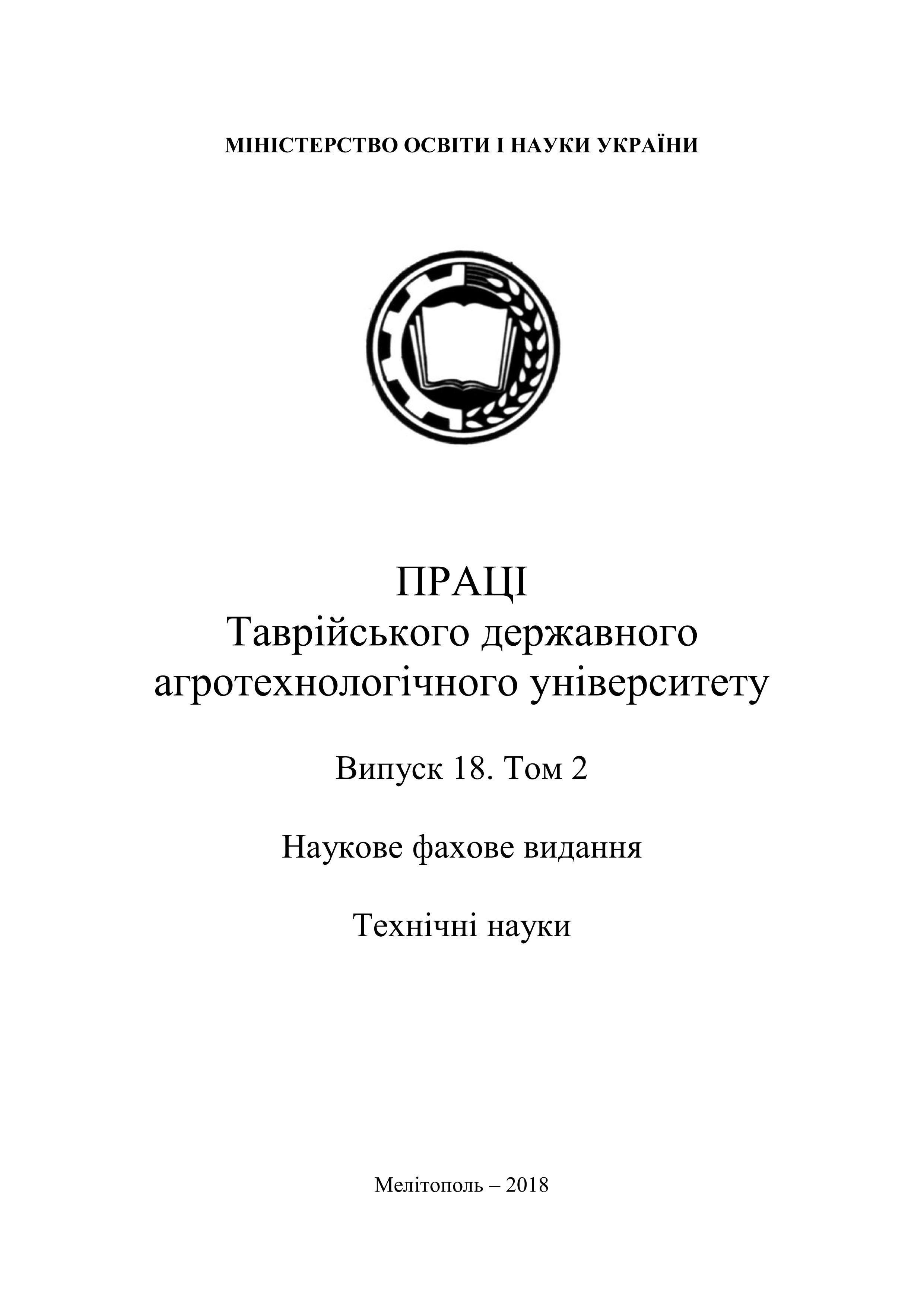ОБҐРУНТУВАННЯ КОНСТРУКЦІЇ ТА ПРИНЦИПУ РОБОТИ ВІБРОАСПІРАЦІЙНОГО СЕПАРАТОРА
Анотація
Анотація – робота присвячена дослідженню підходу до сепарації олійних культур. Запропонована розрахункова схема конструкції віброаспіраційного сепаратора, яка дозволяє описати процес сепарації. Була висуната робоча гіпотеза стосовно сепарації насіннєвого матеріалу. Розглянуто автоколивальний режим руху центральної труби розподільника. Досліджено лінійне зміщення центрального перерізу. Наведена схема сил, що діють на насінину, а саме складові змущуючої сили Fв, що створює вібрації труби, крутний змущуючий момент, сила ваги насінини, опір повітря, пружні сили.
Встановлено, що за допомогою парусних елементів під кутом 450 відбувається поділ насіння на середню та важку фракцію. Парусні елементи розташовані на трубі в аспіраційному каналі розмір яких складає 10мм. Ці парусні елементи дозволяють підсилити потік повітря, який у свою чергу сприяє кращому поділу насіння. За допомогою пружних елементів, які створюють автоколивальні рухи і повертають трубу з парусними елементами на різні кути сприяє процесу сепарації. Пружні елементи встановлюють зверху та знизу, що в свою чергу дозволяє трубі повертатися, та покращати процес поділу. Запропонована конструкція сепаратора разом з цими пружними елементами та парусними елементами посилюють швидкість повітря та роблять краще розщеплення насіння. Також встановлено, що процес сепарації у віброаспіраційному сепараторе відбувається за допомогою пневмодинамічних і гравітаційних сил.
Посилання
2. Чебанов А. Б. Обґрунтування конструктивно– технологічних параметрів пневмасепаратора рушанки рицини з пиловловлюючим пристроєм: автореф. дис. … канд. тех. наук: 05.05.11 / А. Б. Чебанов; ТДАТУ. – Мелитополь, 2013. – 20 с.
3. Котов Б. І. Тенденції розвитку конструкцій машин та обладнання для очищення і сортування зерноматеріалів / Б. І. Котов, С. П. Степаненко, М. Г. Пастушенко // Конструювання, виробництво та експлуатація сільськогосподарських машин: загальнодерж. міжвід. наук.–техн. збірник. – Кіровоград, 2003. – Вип. 33. – С. 53–59.
4. Fedirko, Р., Krol, V., Kiurchev, S. [et al.]. (2017). Materials science and metalworking: collective monograph. Kraków: Kamianets–Podilskyi.
5. Кюрчев С. В. Аналіз методів збільшення врожайності сільськогосподарських культур та вимоги до сепаруємого матеріалу / С. В. Кюрчев, О. С. Колодій // Збірник наукових праць Вінницького національного аграрного університету / ВНАУ. – Вінниця, 2012. – Вип. 11, т. 2. – С. 322–327. – (Технічні науки).
6. Кюрчев С. В. Результаты исследования разработанного сепаратора семена с вертикальным аспирационным каналом / С. В. Кюрчев, О. С. Колодій // Motrol. Commission of Motorization and Energetics in Agriculture. – 2014. – Vol. 16, № 2. – С. 322–329.
7. Пат. 86300 Україна, МПК5 В07В 1/28 (2006.01). Аеродинамічний сепаратор для насіння / С. В. Кюрчев, О. С. Колодій. – № u201307937; заявл. 21.06.13; опубл. 25.12.13, Бюл. № 24.
8. Пат. 102657 Україна, МПК5В07В 1/00(2015.01). Аеродинамічний сепаратор для насіння / С. В. Кюрчев, В. М. Малкіна, О. С. Колодій.– № u201504895 ;заявл. 19.05.15; опубл. 10.11.15, Бюл. № 21.



